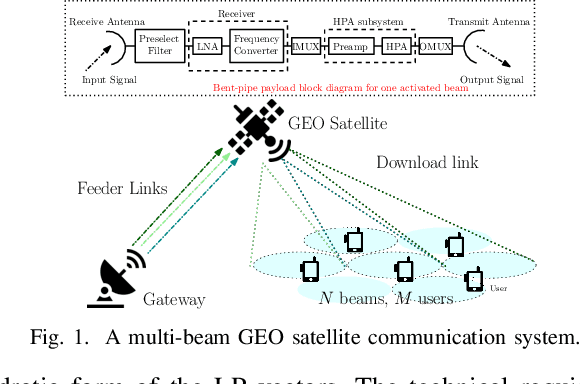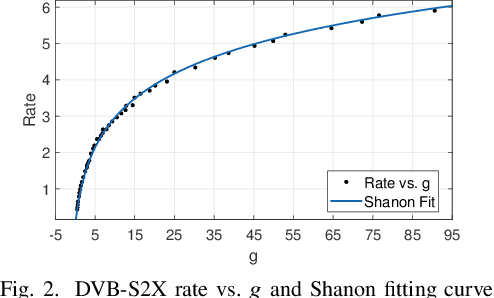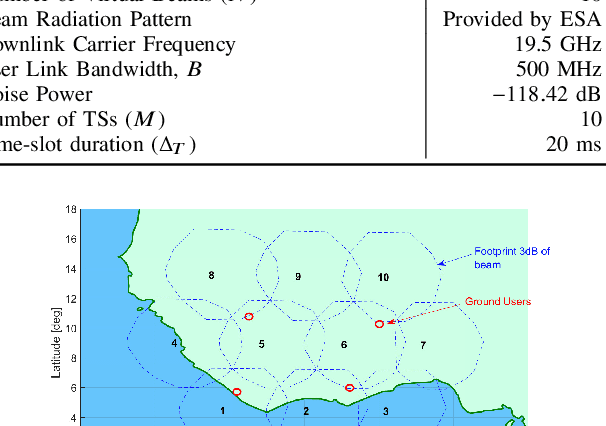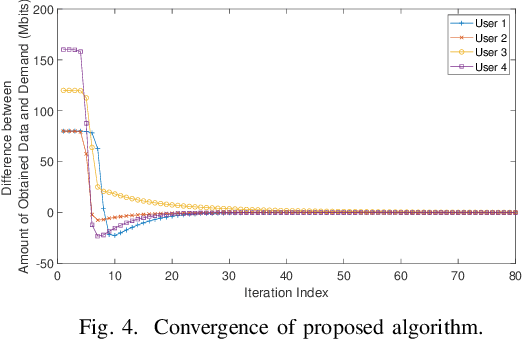GEO Payload Power Minimization: Joint Precoding and Beam Hopping Design
Paper and Code
Aug 22, 2022



This paper aims to jointly determine linear precoding (LP) vectors, beam hopping (BH), and discrete DVB-S2X transmission rates for the GEO satellite communication systems to minimize the payload power consumption and satisfy ground users' demands within a time window. Regarding constraint on the maximum number of illuminated beams per time slot, the technical requirement is formulated as a sparse optimization problem in which the hardware-related beam illumination energy is modeled in a sparsity form of the LP vectors. To cope with this problem, the compressed sensing method is employed to transform the sparsity parts into the quadratic form of precoders. Then, an iterative window-based algorithm is developed to update the LP vectors sequentially to an efficient solution. Additionally, two other two-phase frameworks are also proposed for comparison purposes. In the first phase, these methods aim to determine the MODCOD transmission schemes for users to meet their demands by using a heuristic approach or DNN tool. In the second phase, the LP vectors of each time slot will be optimized separately based on the determined MODCOD schemes.
 Add to Chrome
Add to Chrome Add to Firefox
Add to Firefox Add to Edge
Add to Edge